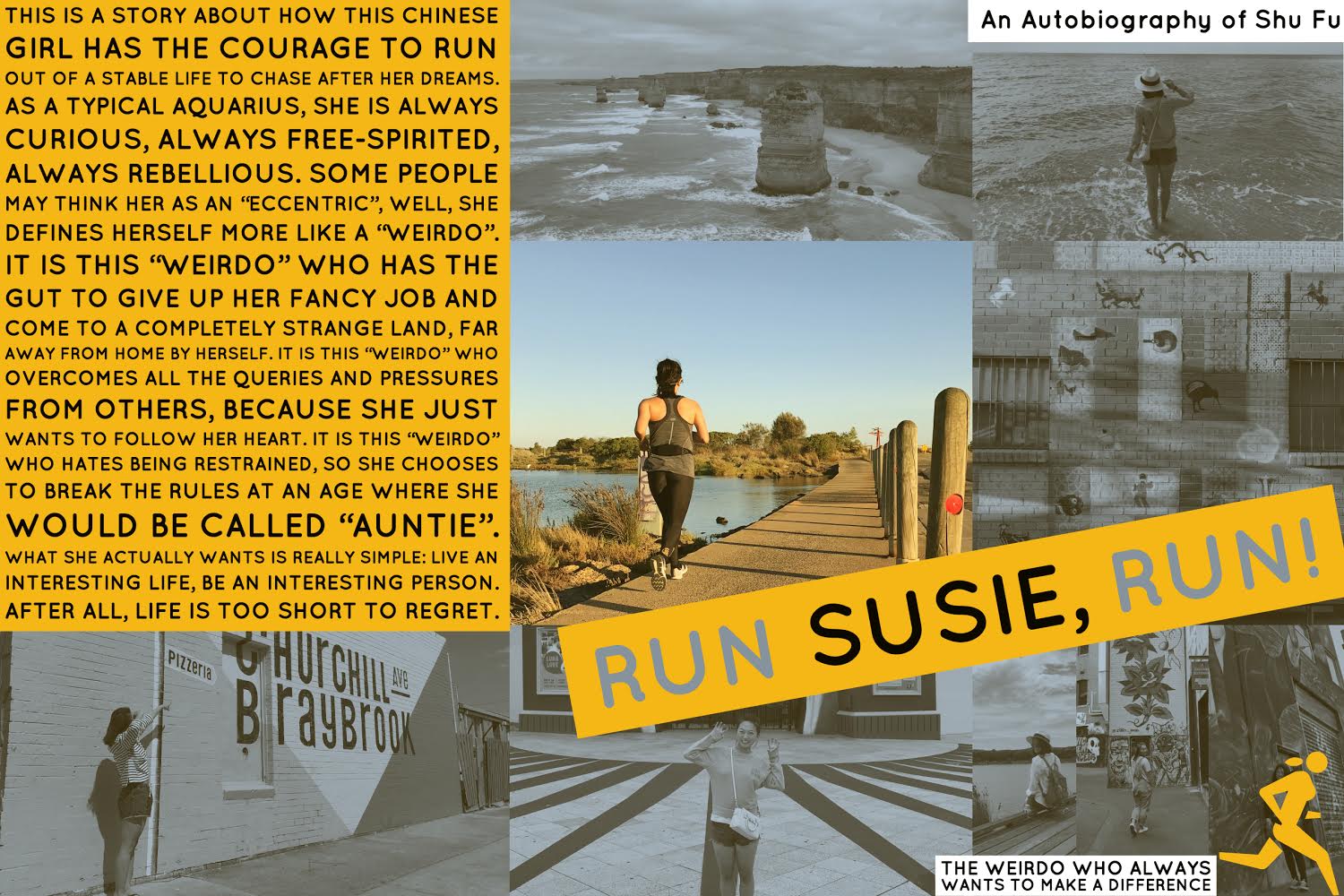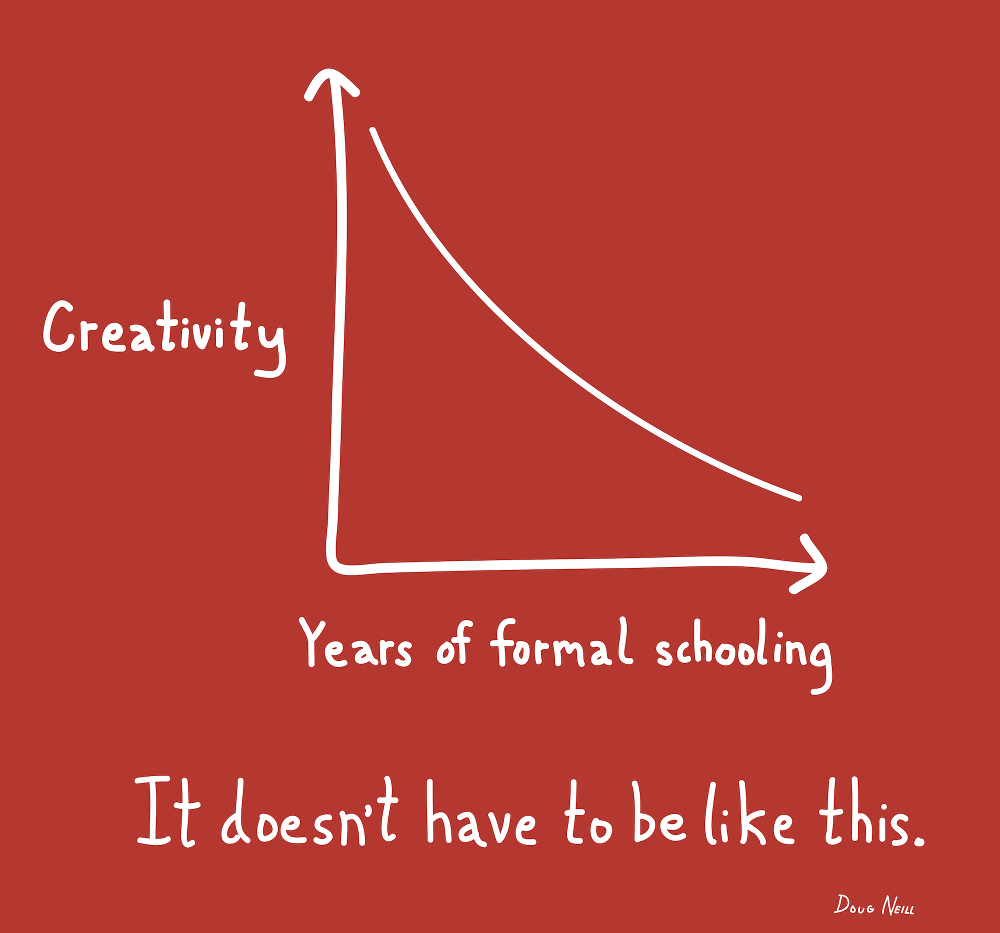


Several years ago, I was assigned a task where I needed to cooperate with a design company and set up a product promo-booth for an exhibition. All went well until the organiser suddenly notified us that our booth layout might have some potential safety issues. Time was tight and we had to fix this problem in less than 5 hours whilst avoiding any big changes since all the material had been purchased and transported to the hall already. I came up with the idea that we could add two lamp poles under the main beam as support in such a way that not only did the lamp post not sabotage the main design, but it also became the highlight of the booth. The exhibition was a big success.
This example reflects the following components of creativity:
In this case, it was me.
I had been working on booth design and the exhibition organisation related domain for five years, of which gave me lots of experience and skills.
My daily job was cooperating with different design agencies and companies to build brand images and plan promo campaigns. It required lots of creative thinking. So I considered myself adept with that skill.
Due to the very tight time schedule, I was given the full authority to make the final decision. It was a real challenge. All the team members gave me full support and trust which allowed me to be as creative as I could.
Regarding missing the chance to be creative, one such example would be when once I was assigned to organise a dealers conference. To make the customers feel welcomed, in China, it was custom to provide a small welcome gift, usually something related to the company. I failed to think of something really impressive because of the budget limit.
In this case, what element was missing was an environment that provided support for creativity. Due to my hands being tied because of the budget limit, this made it difficult to meet the creativity requirements.

My Top 3 insights after watching Sir Ken Robinson’s talk are
I love his overall messages. Creativity is not only about whether you can write a novel or you can play an instrument. It is more about thinking outside of the square. Everybody can be creative on whatever drives them to be creative in the first place. We just need to find the right inspiration and resources. As long as the idea that you come up with is original to you, then you are being creative. You can’t teach people how to be creative, but you can guide and mentor them towards the right track to find their own creativity.
Close
From this chart, my top 5 issues would be identified as
How much do you agree with the following statements?
1 = Completely disagree; 10 = Fully agree.
| Statement | Rating |
|---|---|
| I am a creative person | 10 |
| I have access to a ‘space-time oasis’ | 5 |
| I regularly spend time in my ‘space-time oasis’ | 5 |
| Most people would think of me as being open-minded | 10 |
| I know how to ‘play’ | 10 |
| I am a humorous person | 10 |
| I often operate in Open Mode | 7 |
| I am experienced in the 4-step design thinking process | 3 |
| I know my dominant thinking style | 7 |
| I have no problem in changing my perspectives when called for | 10 |
| I have a good imagination | 10 |
| I am good at critical thinking | 3 |
| I am highly motivated at what I do | 6 |
| I have a passion for what I do | 6 |
| I often use tools to help me solve problems | 7 |
| I have a good set of creativity tools in my toolbox | 7 |
| I don’t have major creativity blocks/barriers | 8 |
| I am good at lateral thinking | 7 |
| I have ‘creativity playmates’ whom I can trust | 8 |
| I have many good ideas but I never implement them | 8 |
My main takeaways from these materials are
My ideal personal space time oasis looks like this
Late at night, most people are falling into a deep sleep already. It is a warm and cozy study room, fulfilled with light music and the fragrance from the aromatherapy machine. I am sitting on a bean bag with a cup of hot tea in my hand, and a big blanket around my body. I feel so relaxed and carefree.
What are the potential pitfalls to successfully implement your personal space time oasis?
What are some good principles for constructing one in the workplace? Show us what works for you.
First of all, it should be an open area instead of tiny cubicles. We should be allowed to listen to our own music while working and take our pets there. There shouldn’t be too many people sharing one office. Everybody needs space to “breathe”. It should have green plants and a proper kitchen so that we can enjoy a really relaxing afternoon teatime.
Are you predominantly a left-or right brain thinker? How do you know this?
I think I have the capacity to do both depending on the circumstances. But judging by the test result, I am more like a right brain thinker. After comparing myself with all the explanations, I basically fit all the right brain thinker symptoms. I tend to see the big pictures first. And when process information, I always jumps among tasks randomly. I rely on my hunch a lot instead of doing analysis. I don’t focus on rules and regulations too much.
How does your dominant thinking style help or hinder you in your daily life?
In daily life, the right brain thinking style helps me to break the circle and think outside the box. Thanks to that, I have agile thoughts and insights when it comes to processing information. I consider myself as a creative person. But sometimes it will block me from digging deeply into the core of the problem. It makes me take the risk that I probably need to start everything all over again just because I didn’t pay attention to the details in the first place.
What are your plans for developing your thinking style in a certain area, if any?
Right brain thinkers are always trying to think in a more creative way. For example, I always have an interests about brand building. This thinking style helps me to be a good story teller and build up different personalities to certain brands to make them more attractive. To develop this thinking style, I need to be more flexible, create my own “space-time oasis” and train myself with the ability to use my imagination.
Do you think you have a particular personality type? And how does knowledge of this help you when it comes to things creative?
Yes, I consider myself more as an idealist/inventor type. I have a different way of looking at the world. Knowing about my personality type helps me to seek for the substance and depth of the project, instead of taking anything at surface level or accepting things the way they are. It also helps me building up my confidence so that I can trust my intuition and grab the sparks when letting my mind spread.
Briefly reflect on the last time you connected a couple or more dots. In hindsight, what were the underlying factors that made it possible to make those connections?
Connecting the dots is actually about looking backwards.
My college major is Journalism. After I got my Bachelor degree, all that I’ve been doing had nothing to do with that. So many years had passed, I never thought that one day I could use my journalism knowledge to help with my work. My job here is to work as a local host to help customers with the operation of motorhomes. One day, I was doing a show-through to a group of Chinese customers, they suddenly asked me to do an introduction about our company and brands. It turned out that they worked for a very popular auto related website in China. They came here to film a video about motorhomes in Australia. Because I have this journalism background, I could cooperate with them well and did a good advertisment for our company. My boss was really happy with that and as a result, gave me more commission that month.
This is just a simple example about how I connect the dots from “journalism” to “customer service”. There is an old saying “Never too late to learn”. If I didn’t have that knowledge, I might not have done a very good job when appearing in that video. This in turn might have meant we lost our opportunity to advertise us in Chinese market. My thought about this is: Never underestimate what you are learning, you never know when you will use that. It is always good to learn new skills. And these skills will eventually help you to develop new thoughts and new connections.
Share you response to the suggestion that creativity and risk taking are connected
I like the author’s idea that
I’ve been so wrong about what is “creativity” for so many years. Just like most people, I think being creative equals to being arty, and that only when you physically design or create something like a novel, a drama or a painting you can be called as a creative person. In fact, as long as the idea is originally to you, it is creative.
Being creative is more about being original and valuable. It can’t be taught, but can be guided and mentored to be on the right track. Of course, if you want to be creative in special domains, you need to be highly skilled and intrinsically motivated. And the exterior environment is also just as important as it should be really supportive for you to be creative.
An intense environment can give people nothing but pressure. In this case, making a “space-time oasis” to escape and relax becomes really important and wise. To be creative and come up with real valuable ideas, you need to be playful first.
In closing, there is no good or bad, right or wrong about creativity. The fascinating part about creativity is it allows you to fail. Creativity is more like a process of trial and error. It doesn’t mean we have to always be right. But still, we need to minimize the risk so we can keep the passion going. We can always learn from the past, what you have learned will always be your powerful tool to help you along the way to being creative.